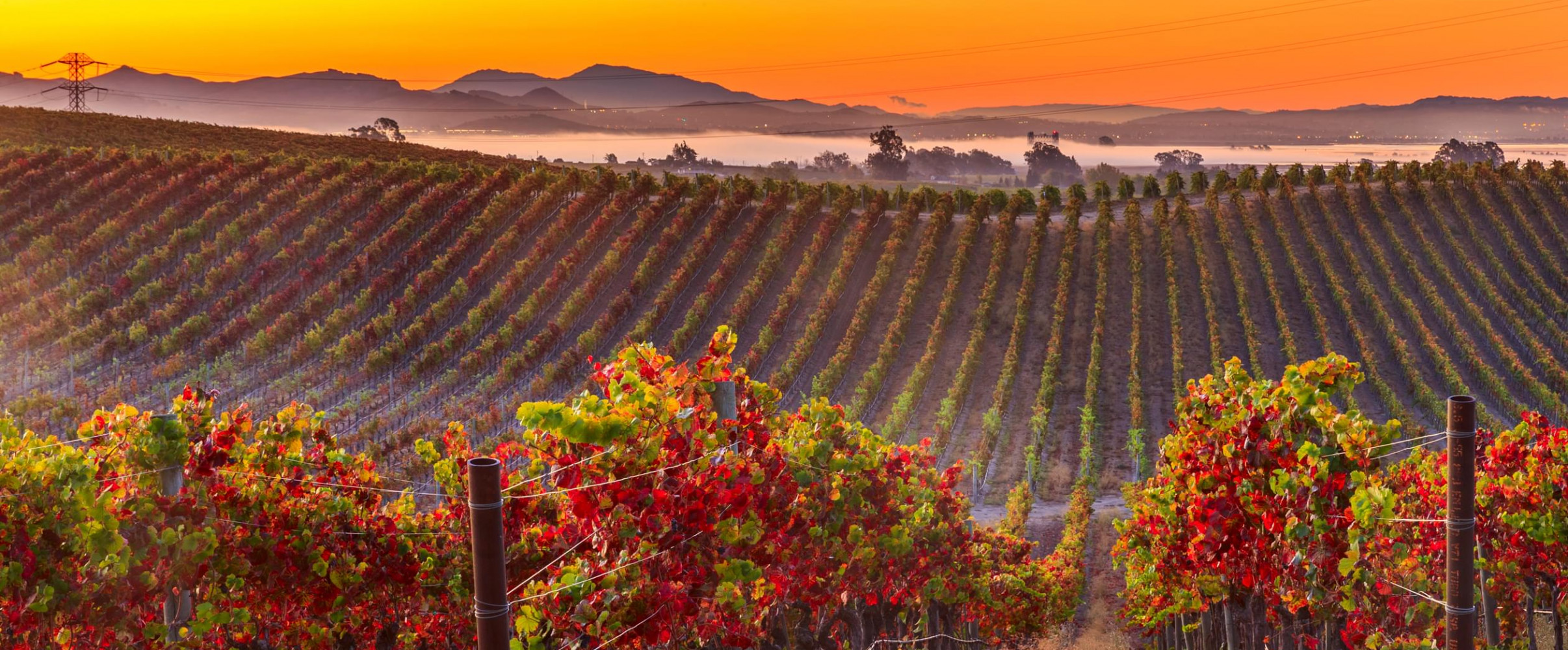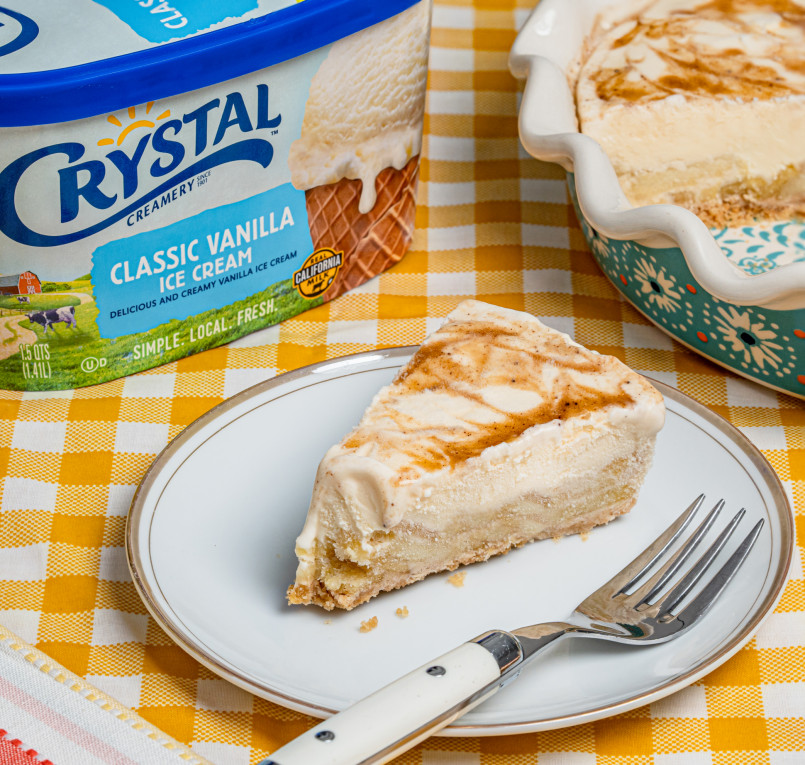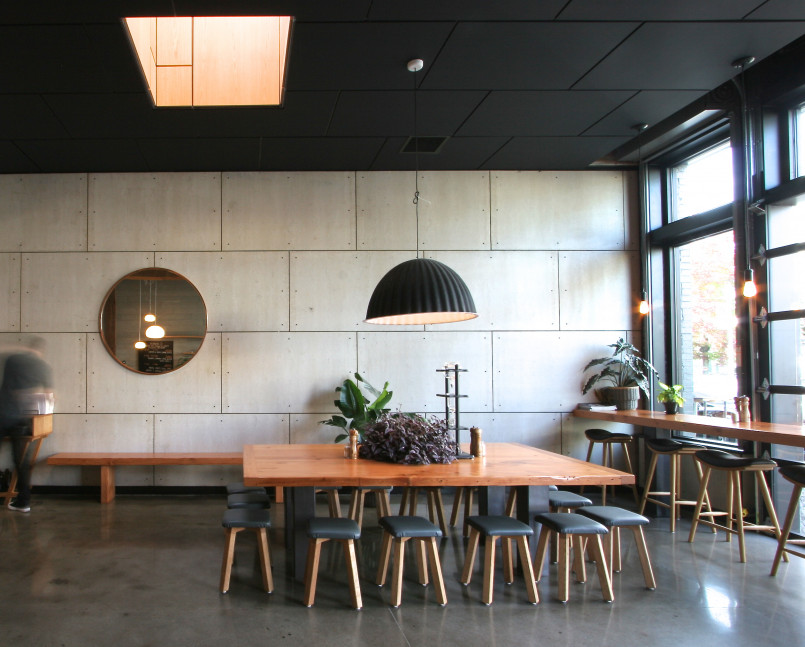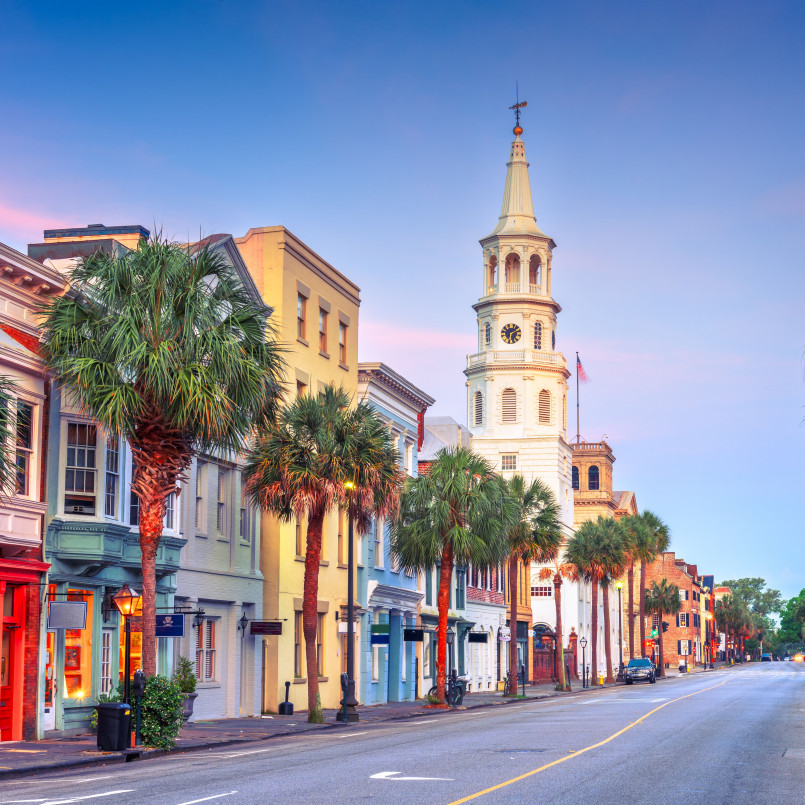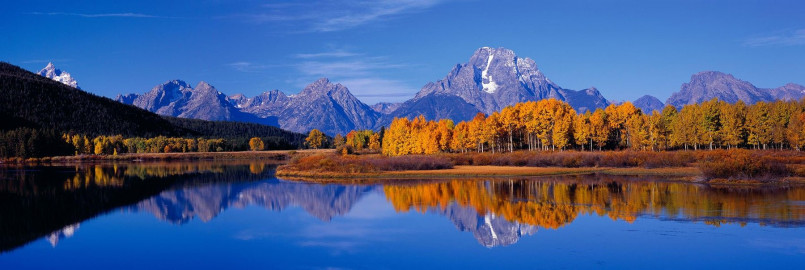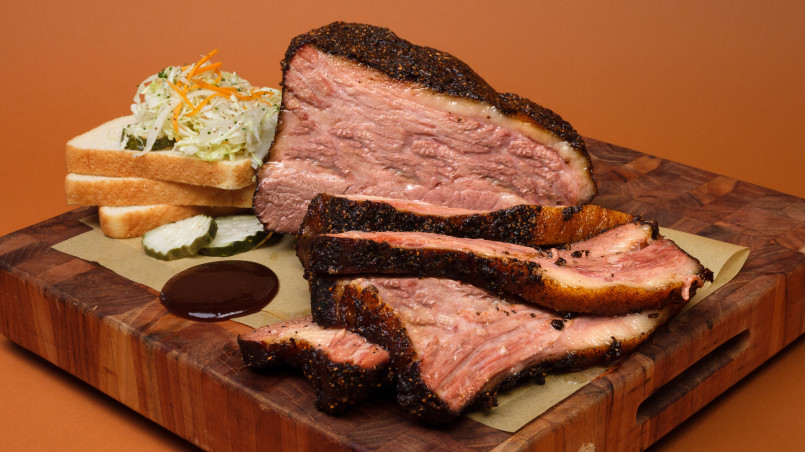America's wine scene extends far beyond California, with world-class wine regions spanning from coast to coast. Whether you seek bold Cabernets, crisp Rieslings, or innovative natural wines, these states offer exceptional tasting experiences amidst stunning landscapes.
America's wine landscape has transformed dramatically over recent decades, evolving from a California-centric industry to a diverse tapestry of wine regions across the country. Today, all 50 states produce wine in some capacity, with several regions earning international recognition for their exceptional varietals and innovative winemaking techniques.
For wine enthusiasts planning their next getaway, the United States offers an extraordinary range of wine destinations, each with distinctive terroir, signature grapes, and unforgettable tasting experiences. From sun-drenched coastal vineyards to cool-climate mountain estates, these are the states that deserve a prominent place on every oenophile's travel bucket list.
California Wine Country
California remains the undisputed heavyweight of American wine, producing nearly 90% of the nation's wine and home to over 4,500 wineries. While Napa Valley stands as the crown jewel with its world-class Cabernet Sauvignon and luxurious tasting rooms, the state offers remarkable diversity across its wine regions.
Sonoma County provides a more laid-back alternative to Napa, excelling in Pinot Noir, Chardonnay, and Zinfandel. The Central Coast encompasses notable regions like Paso Robles (known for Rhône varietals) and Santa Barbara County, where the movie "Sideways" sparked a Pinot Noir revolution. For value-conscious travelers, Lodi and Mendocino offer exceptional wines without the premium price tags of their more famous neighbors.
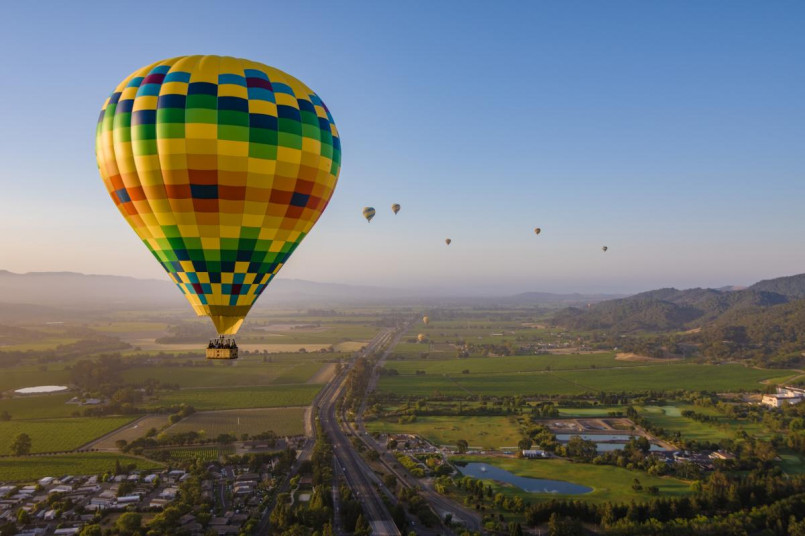
Don't miss the Anderson Valley for exceptional sparkling wines and Mendocino's pioneering organic and biodynamic producers. For a truly memorable experience, time your visit during harvest season (August-October) when many wineries host special events and the energy of crush season is palpable.
Oregon: Pinot Paradise
Oregon's cool climate and varied topography have helped establish it as one of the world's premier regions for Pinot Noir, particularly in the Willamette Valley. Located just south of Portland, this picturesque region draws frequent comparisons to Burgundy, France, and has attracted numerous French winemakers who have established operations here.
Beyond Pinot Noir, Oregon excels with aromatic white wines like Pinot Gris and Chardonnay. The state's commitment to sustainable viticulture is remarkable, with one of the highest percentages of certified organic and biodynamic vineyards in America. The relatively compact nature of the Willamette Valley makes it ideal for self-guided tours, with many wineries concentrated along Highway 99W.
Southern Oregon's Rogue and Applegate Valleys offer a warmer climate supporting robust varieties like Tempranillo and Syrah. The Columbia Gorge AVA, shared with Washington state, provides a dramatic backdrop of steep cliffs and the mighty Columbia River while producing outstanding Chardonnay and Gewürztraminer.
Washington: Diverse Terroir
Washington has emerged as America's second-largest wine producer, with over 1,000 wineries and a reputation for exceptional quality-to-price ratio. The state's wine regions primarily lie in the eastern half, where the Cascade Mountains create a rain shadow effect resulting in ideal growing conditions.
The Columbia Valley AVA encompasses most of Washington's wine country, with sub-regions like Red Mountain renowned for powerful Cabernet Sauvignon and Walla Walla Valley producing elegant Syrah and Merlot. Unlike California, Washington's wine industry is dominated by small, family-owned operations rather than corporate producers, creating intimate tasting experiences.
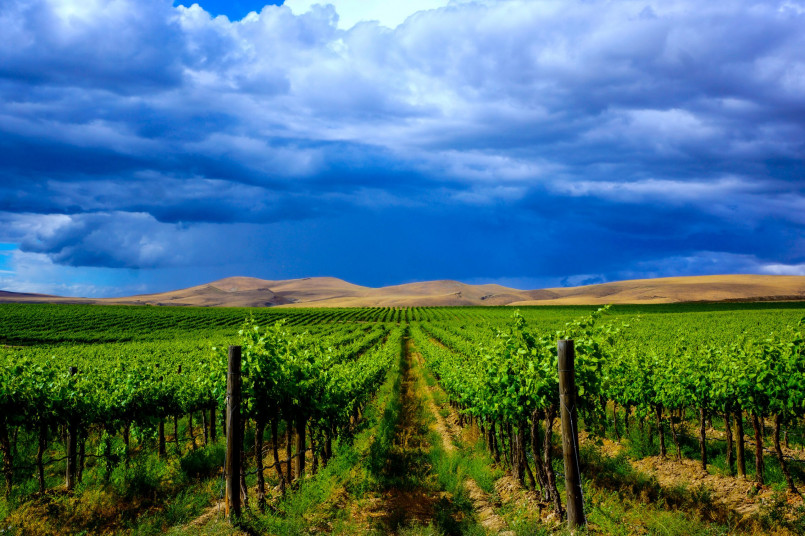
While most vineyards are east of the Cascades, many tasting rooms have opened in Woodinville, just 30 minutes from Seattle, making it a convenient destination for visitors. Don't overlook sparkling wine producers and the emerging Lake Chelan AVA, where the deep lake moderates temperatures for growing aromatic white varieties.
New York: Finger Lakes & Beyond
New York stands as the East Coast's most significant wine producer, with the Finger Lakes region at its heart. This collection of 11 narrow, glacial lakes creates a unique microclimate perfect for cool-climate varieties. Riesling reigns supreme here, producing world-class wines ranging from bone-dry to lusciously sweet, with characteristic mineral notes and vibrant acidity.
Beyond Riesling, the region excels with Cabernet Franc, Gewürztraminer, and sparkling wines. The scenic beauty of the lakes combined with the 150+ wineries makes this an ideal destination for wine tourism, with established wine trails around each major lake. The farm-to-table culinary scene has evolved alongside the wine industry, creating excellent dining options.
New York's wine country extends beyond the Finger Lakes to include the historic Hudson Valley, where America's oldest continuously operating winery is located, and Long Island's North Fork, which produces excellent Merlot and Cabernet Franc in a maritime climate. The state's cool climate has positioned it well for adapting to climate change, potentially giving it advantages as global temperatures rise.
Virginia: Historic Wineries
Virginia's wine history dates back to Thomas Jefferson's experimental vineyards at Monticello, though the modern industry only gained momentum in the late 20th century. Today, Virginia hosts over 300 wineries across diverse growing regions, from the Blue Ridge Mountains to the Chesapeake Bay.
The state has found its footing with Viognier and Cabernet Franc as signature varieties, along with Petit Verdot and Bordeaux-style blends. Virginia winemakers have embraced their unique terroir rather than attempting to emulate other regions, resulting in wines with distinct character and sense of place.
The Monticello AVA surrounding Charlottesville offers a concentration of excellent wineries along with historical significance. Northern Virginia's wine country provides easy access from Washington D.C., while the Shenandoah Valley offers stunning mountain backdrops. Many Virginia wineries are located on historic estates with architectural interest, adding cultural depth to the tasting experience.
Texas Hill Country
The Texas Hill Country has emerged as one of America's fastest-growing wine destinations, with the area between Austin and Fredericksburg now the second-most visited wine region in the country after Napa Valley. The hot, dry climate has led producers to focus on Mediterranean varieties like Tempranillo, Mourvèdre, and Viognier that thrive in the conditions.
While many wineries source grapes from the High Plains AVA near Lubbock, where most Texas grapes are grown, the concentration of tasting rooms in the picturesque Hill Country makes it the center of wine tourism. The German heritage of the region adds cultural interest, with many wineries incorporating Germanic architecture and traditions.
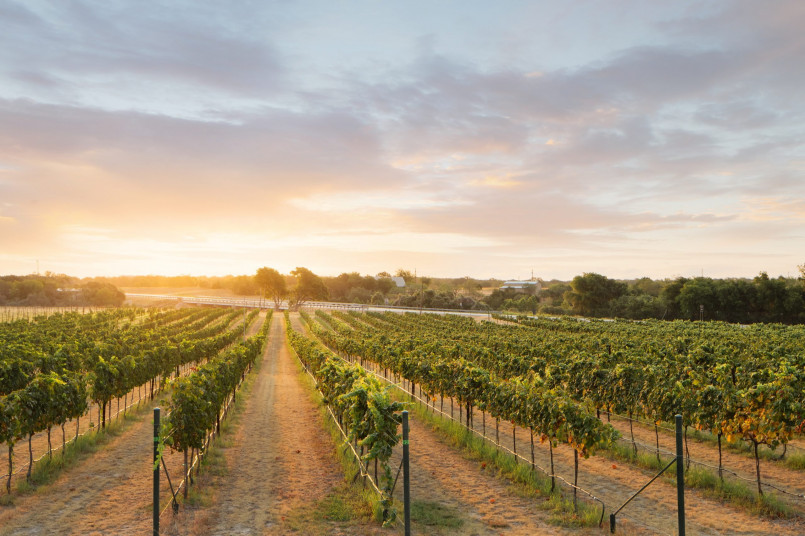
The wine scene here maintains a distinctly Texan character - bold, independent, and hospitable. Many tasting rooms feature live music, expansive outdoor spaces, and Texas-sized hospitality. The proximity to Austin and San Antonio makes the Hill Country an easy addition to a Texas vacation itinerary.
Michigan: Lake Effect Vintages
Michigan's wine regions benefit from the same "lake effect" climate moderation that has made areas like Niagara successful. The Great Lakes buffer temperature extremes, creating favorable conditions for cool-climate varieties. The state has developed a reputation for aromatic white wines, particularly Riesling, Gewürztraminer, and Pinot Grigio, along with fruit wines and ice wines.
The Leelanau and Old Mission Peninsulas extend into Lake Michigan from Traverse City, creating stunning wine routes with water views on both sides. These northern regions, along with the Lake Michigan Shore AVA in the southwest, constitute Michigan's primary wine country. In recent years, sparkling wine production has increased significantly, with several producers gaining national recognition.
Michigan's wine country pairs perfectly with the state's summer tourism season, though autumn visits coincide with harvest and spectacular fall colors. Many wineries have developed creative cold-weather activities to extend their season, including snowshoe tours through the vineyards and winter wine festivals.
Colorado: High Altitude Vineyards
Colorado's wine regions sit at elevations between 4,000 and 7,000 feet, making them among the highest vineyards in the world. These elevations create intense sunlight during the day and cool nights that help grapes maintain acidity while developing complex flavors. The arid climate also minimizes disease pressure, allowing for sustainable growing practices.
The Western Slope contains most of Colorado's vineyards, particularly around Grand Junction and Palisade in the Grand Valley AVA. This area is known for its fruit orchards alongside vineyards, creating a diverse agricultural landscape. The West Elks AVA features even higher-elevation vineyards set against dramatic mountain backdrops.
Colorado winemakers work with a wide range of grapes, from Cabernet Franc and Merlot to Riesling and Gewürztraminer. Several producers have found success with cold-hardy hybrid varieties developed for extreme climates. The wine trails here can be easily combined with outdoor adventures, making them perfect for active travelers who want to mix hiking or mountain biking with wine tasting.
Pennsylvania: Emerging Wine Scene
Pennsylvania's wine history dates back to the 1600s, though the modern industry has only gained serious momentum in recent decades. The state now ranks among the top 10 wine producers in America, with over 300 wineries across five distinct growing regions. Cool-climate varieties dominate, including Riesling, Grüner Veltliner, and Chambourcin.
The southeastern region around Lancaster County and the Brandywine Valley offers the highest concentration of wineries within easy reach of Philadelphia. The Lake Erie AVA in the northwest benefits from the same lake effect climate that influences New York's wine regions, while the Lehigh Valley has earned an AVA designation for its distinctive terroir.
Pennsylvania's wine industry maintains strong connections to the state's agricultural traditions, with many wineries located on multi-generational family farms. The emergence of urban wineries in Pittsburgh and Philadelphia has helped introduce local wines to new audiences, while wine trails throughout the state have boosted tourism in rural areas.
Arizona: Desert Wines
Arizona's high-desert wine regions have surprised many critics with their quality and distinctive character. Most vineyards are situated at elevations between 3,500 and 5,500 feet, where cooler temperatures balance the intense desert sun. The dramatic diurnal temperature shifts (warm days and cool nights) help grapes develop complex flavors while maintaining acidity.
The Willcox area produces approximately 75% of Arizona's wine grapes, while the Verde Valley near Sedona and Sonoita-Elgin south of Tucson round out the state's primary growing regions. Spanish, Italian, and Rhône varieties have found particular success, including Tempranillo, Sangiovese, Syrah, and Grenache.
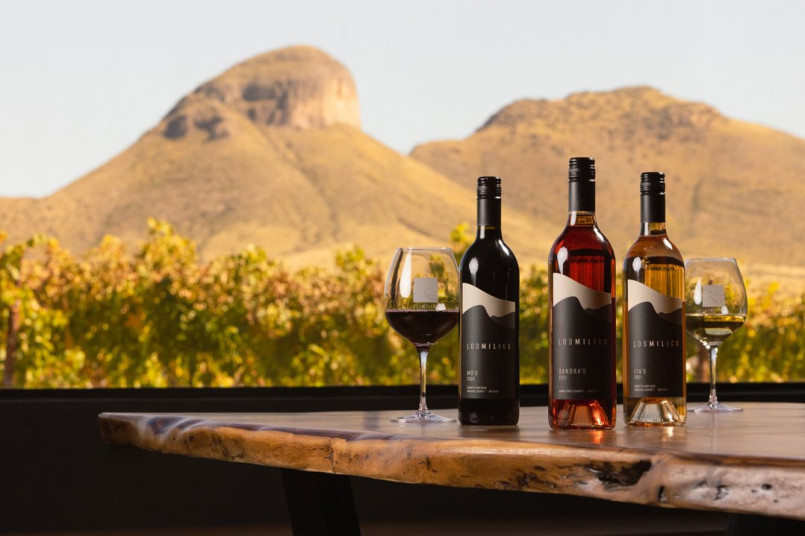
The wine scene here reflects Arizona's independent spirit, with many winemakers taking experimental approaches. Tasting rooms often feature Southwestern architecture and desert landscapes. The proximity of Verde Valley wineries to Sedona makes them an excellent addition to a trip focused on the red rock scenery and spiritual atmosphere of this popular destination.
Planning Your Wine Country Trip
When planning your wine country adventure, consider these practical tips to enhance your experience. First, timing matters - spring offers vibrant landscapes and fewer crowds, while harvest season (typically August through October) provides the excitement of crush activities but comes with peak tourism.
Rather than attempting to visit too many wineries in a day, plan for 3-4 maximum to allow for relaxed, meaningful experiences. Many regions have designated wine trails with transportation options, including shuttle services, guided tours, and even bicycle routes between wineries. These eliminate driving concerns and often include insider knowledge from local guides.
Consider staying at wine-country accommodations - from luxury resorts to vineyard cottages - that often provide special access to nearby wineries. Join wine clubs at your favorite establishments to receive discounts on purchases and complimentary tastings on return visits. Finally, pack a cooler for storing purchased bottles and consider shipping options for larger purchases, as many states now allow direct wine shipments to consumers.
Frequently Asked Questions About 10 Best States for Wine Lovers: Unforgettable Vineyard Experiences Across USA
What is the best time of year to visit wine country?
Each season offers distinct experiences. Spring brings beautiful landscapes with wildflowers and fewer crowds. Summer offers warm weather and outdoor events. Harvest season (August-October) provides the excitement of crush activities but comes with peak tourism and higher prices. Winter offers intimate tasting experiences, often with the winemakers themselves, and typically lower accommodation rates.
Which wine regions are best for beginners?
Sonoma County (California), Willamette Valley (Oregon), and the Finger Lakes (New York) are excellent for beginners with welcoming tasting rooms, educational experiences, and less pretension than some premium regions. Many wineries offer introductory tastings specifically designed for newcomers to wine appreciation.
How many wineries should I visit in one day?
Quality over quantity is the rule in wine country. Limit yourself to 3-4 wineries per day to avoid palate fatigue and fully appreciate each experience. This also allows time for lunch and taking in the scenery. Many wineries now require reservations, especially in popular regions like Napa Valley, so plan accordingly.
What's the proper etiquette for wine tasting?
Avoid wearing strong perfumes or colognes that can interfere with aromas. It's acceptable to use the spittoon if you're driving or visiting multiple wineries. There's no obligation to purchase wine, but it's courteous if you've enjoyed a complimentary tasting. Tipping isn't required but is appreciated for exceptional service, particularly for reserved or private tastings.
Are there good wine regions for family travel?
Many wine regions have become family-friendly destinations. Look for wineries with gardens, farm animals, or play areas. Michigan's Traverse City region combines wine country with beaches and outdoor activities. Virginia wineries often feature historic sites and spacious grounds. Sonoma County has numerous family-friendly wineries with activities for children while parents taste.
What are some underrated wine regions worth visiting?
Beyond the famous regions, consider exploring Idaho's Snake River Valley, New Mexico's high-altitude vineyards near Taos, Missouri's Hermann wine country, or the Yadkin Valley in North Carolina. These emerging regions offer excellent wines without the crowds and high prices of established wine destinations, plus the chance to meet winemakers who often pour tastings themselves.
